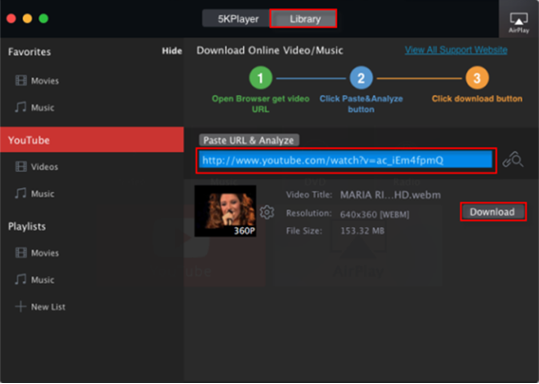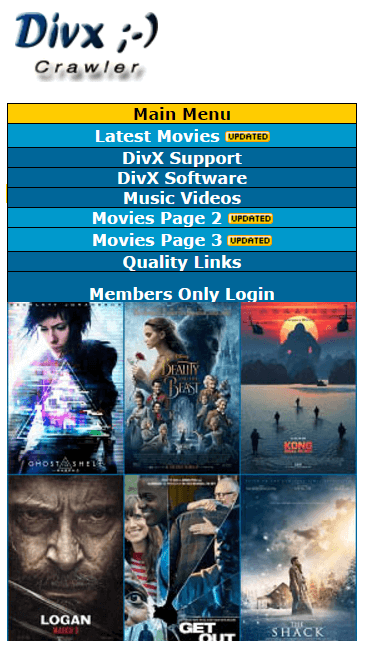
The DivX team saw an opportunity to offer a platform for talented, creative directors and creators who were creating high-quality, engaging content. YouTube catered to casual users and video creators who wanted light, short-form content. The huge installed base of DivX Certified® devices would allow users to download files from the site and enjoy them in their living rooms, or even stream video directly to their televisions using connected devices. Flash and other competing technologies were not integrated into consumer electronics devices, making it difficult if not impossible to play user-generated content beyond the PC. YouTube content was also streaming-only, so users couldn’t download files and play them back later.

DivX technology enabled real HD-quality playback on the Internet, comparable to Blu-ray DVDs, something other services couldn’t offer.


YouTube and other similar sites at the time used Flash to deliver video, resulting in low-quality video that was fine for a quick clip of cat playing keyboard but was far from cinematic. The DivX team saw an opportunity to create a video-sharing site that offered some key features that other sites at the time lacked, namely: Vlogs and longer-form content were less prevalent, but more and more creators were starting to become interested in the Internet as a platform for substantial, high-quality content. YouTube had just launched the previous year and was growing quickly, while the increasing popularity of smart phones and digital still cameras that shot video was giving rise to a new category of videos called “user generated content.”Įarly user-generated-content generally consisted of relatively low-quality, short “snackable” clips that people passed around online- dogs on skateboards, pratfalls and pranks, etc. Though DivX and other technologies were enabling high-quality Internet video in a way that had never been seen before, “video sharing” as we know it now was still in its infancy in 2006. DivX technology was integrated into tens of millions of DVD players and consumer electronics devices from major manufacturers, enabling consumers to playback DivX videos on their televisions.

In 2006, DivX® was a thriving technology company with a popular video codec used by millions of people around the world.


 0 kommentar(er)
0 kommentar(er)
